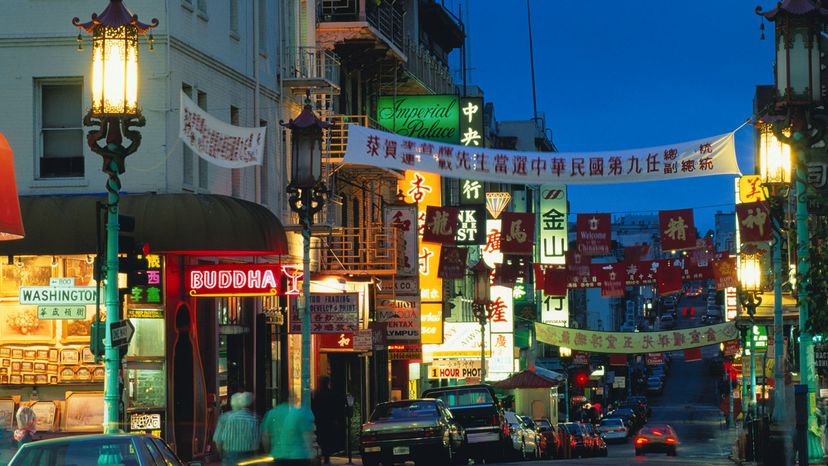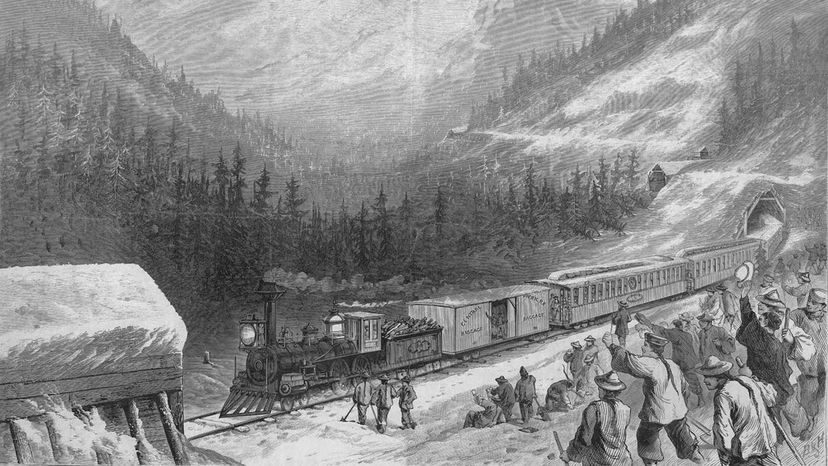
Asian American and Pacific Islander (AAPI) Heritage Month is a celebration of the 22.6 million Asians and 1.6 million Native Hawaiian and other Pacific Islanders living in the United States and the role they played in shaping American history. Although Americans have celebrated AAPI Heritage Month every year since 1992, when President George H.W. Bush signed legislation that permanently designated May as the commemorative month, it started out as a weeklong celebration in 1979 – thanks to the efforts of a woman named Jeanie F. Jew.
Jew was a board member of the Organization of Chinese Americans and a Capitol Hill staffer when she approached government officials about acknowledging and celebrating Asian Americans for their accomplishments. She took on this challenge after noticing the lack of Asian and Pacific representation during the Bicentennial celebrations of 1976. It was personal for Jew, as her great-grandfather had helped build the Transcontinental Railroad.
Advertisement
Jew enlisted the support of Ruby Moy, an administrative assistant to former New York Representative Frank Horton, and the two worked to gain support for a proclamation. Rep. Horton introduced a bill in 1977 that called for the first 10 days in May to be Pacific/Asian American Heritage Week, while Hawaii Senator Daniel Inouye introduced a similar resolution.
The drafters chose the month of May to celebrate two historic events: The first Japanese immigrant arrived in the U.S. on May 7, 1843, and the Transcontinental Railroad was completed on May 10, 1869. About 20,000 Chinese workers took part in the building of this railroad and 1,200 died from explosions, avalanches and other disasters during its construction.

The two bills failed, but the drafters didn't let that discourage them. The legislation needed at least 218 members of Congress for the bill to pass the House Post Office and Civil Service Committee, so the sponsors got to work (the bill was revised to reflect the Census Bureau's designation of the community as "Asian/Pacific" instead of "Pacific/Asian.")
Jew and Moy founded the Asian Pacific Congressional Staff Caucus, while Jew also founded and chaired the National Coalition for an Asian/Pacific American Heritage Proclamation. The Organization of Chinese Americans, Japanese American Citizens League and the Organization of Chinese American Women also advocated for the bill. Thanks to their persistence, 231 Congressional representatives co-sponsored it and it passed with massive support in both the House and the Senate.
In 1978, President Jimmy Carter signed the resolution declaring May 4-11 Asian/Pacific American Heritage Week, and the celebration started in 1979. Over the next decade, Presidents Carter, Reagan and Bush passed annual proclamations for Asian/Pacific American Heritage Week. In 1990 Congress expanded the celebration to a month, and in 1992 it became an annual celebration in perpetuity.
President Barack Obama expanded the commemoration to include Pacific Islanders and Native Hawaiians in 2009 and so the month is now known as Asian American and Pacific Islander Heritage Month.
Advertisement
